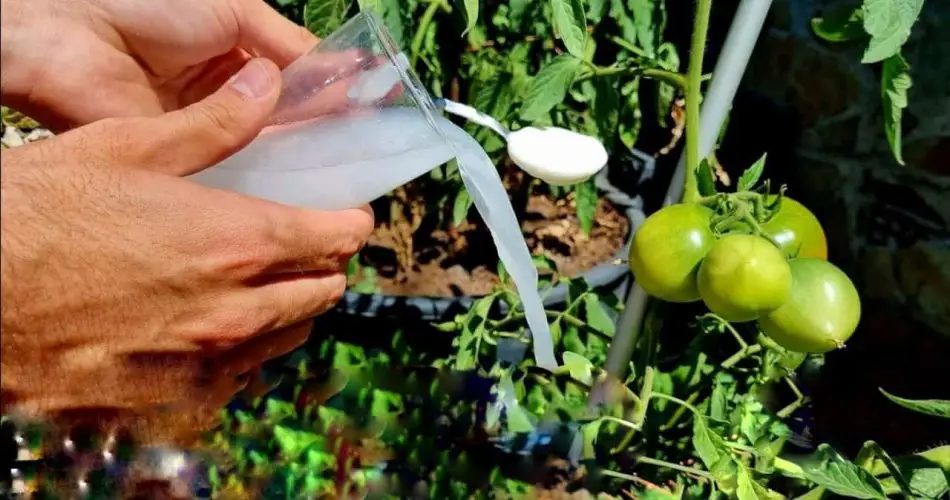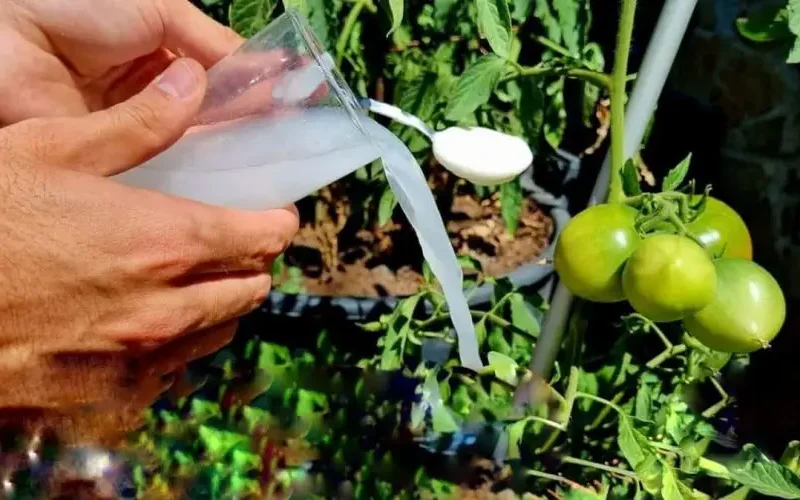
Why Yeast is Gold for Gardens
Yeast, a simple microorganism used in baking and brewing, is packed with nutrients essential for plant growth, such as nitrogen, phosphorus, and potassium (NPK). These are the primary macronutrients plants need from the soil. Yeast also contains a suite of micronutrients vital for plant development, including iron, manganese, copper, zinc, and more. These elements play crucial roles in various plant processes, including chlorophyll production and disease resistance.
The Magic Behind Yeast Fertilization
When yeast is introduced into the soil, it does more than just supply nutrients. It kickstarts a process akin to fermentation, which improves soil health by increasing the activity of beneficial microorganisms. These microorganisms help break down organic matter in the soil, making nutrients more accessible to plant roots. Additionally, yeast can improve soil structure, making it more friable and better at retaining moisture and nutrients.
How to Make Yeast Fertilizer
To create your own yeast-based fertilizer, follow these steps:
- Preparation: Dissolve about 10 grams of fresh yeast (or the equivalent dried yeast) in a liter of lukewarm water. Ensure the water is not too hot, as extreme temperatures can kill the yeast.
- Activation: Add a teaspoon of sugar to the yeast solution to feed the yeast and activate fermentation. Wait until the mixture starts foaming, indicating that the yeast is active and producing the beneficial compounds plants crave.
- Dilution: Before applying the yeast solution to your plants, dilute it with more water. A good ratio is 1 part yeast solution to 5 parts water. This prevents the concentration of nutrients from being too high, which could potentially harm the plants.
- Application: Water your plants with the diluted yeast solution. Focus on the soil rather than the foliage to ensure that the nutrients reach the roots, where they’re most needed.
Best Practices for Yeast Fertilization
- Frequency: Apply the yeast fertilizer solution to your plants about three times during the growing season to support different stages of growth: at planting, during the vegetative growth phase, and as fruits or flowers begin to form.
- Calcium Boost: To address the potential for soil nutrient depletion, especially in calcium, consider adding eggshell powder to your yeast fertilizer. Crush clean eggshells into a fine powder and sprinkle it around the base of your plants or mix it into the soil. This provides a slow-release form of calcium, essential for strong cell walls and overall plant health.
- Moderation: While yeast can be an excellent addition to your garden care routine, it’s crucial to use it in moderation. Over-fertilizing with yeast could lead to nutrient imbalances or excessive microbial growth, which could compete with plants for nutrients or even harm plant roots.
Conclusion
Yeast fertilizer offers a sustainable and efficient way to nourish plants, promoting healthier growth and a more vibrant garden. By understanding how to properly prepare and apply yeast to your garden, you can tap into this natural resource, enriching your soil and boosting plant vitality without relying on chemical fertilizers. This approach not only supports your plants but also contributes to a healthier ecosystem in your garden.
